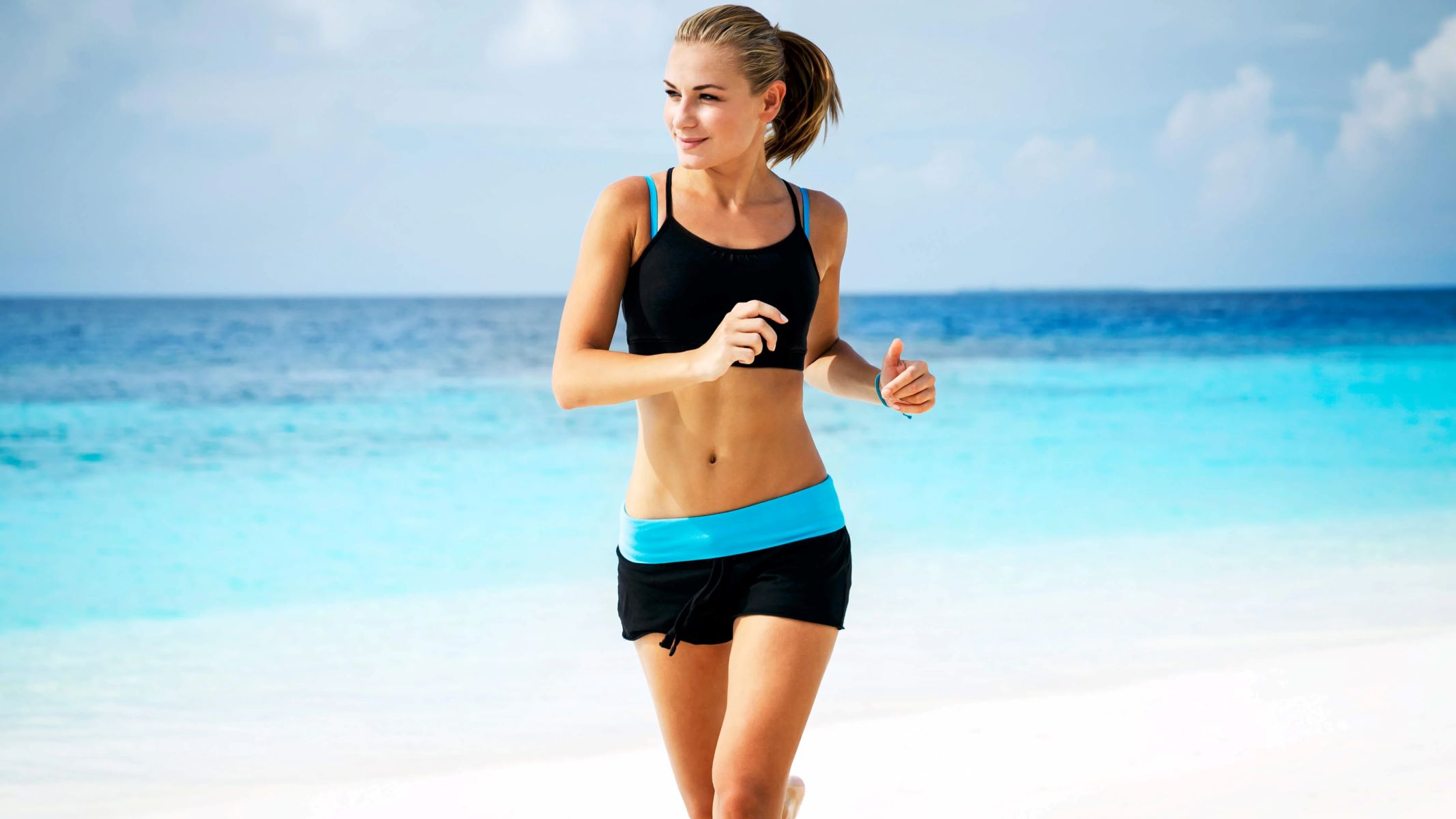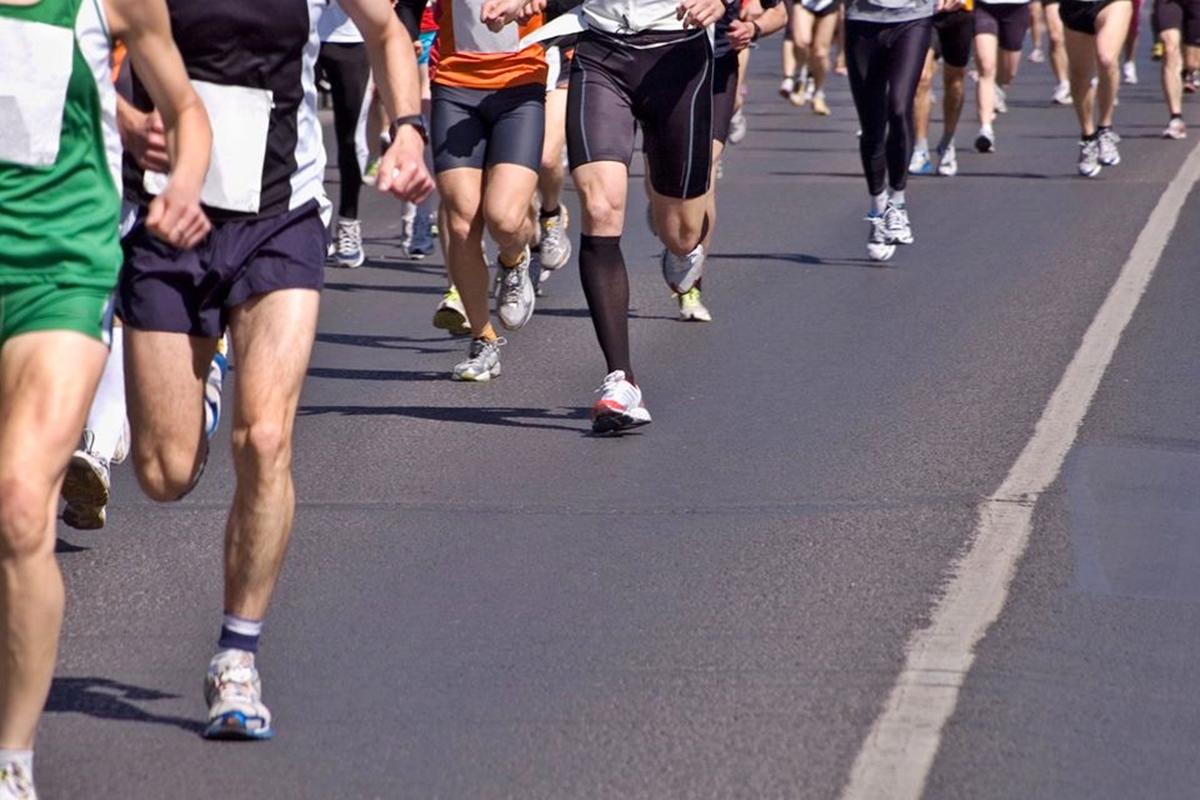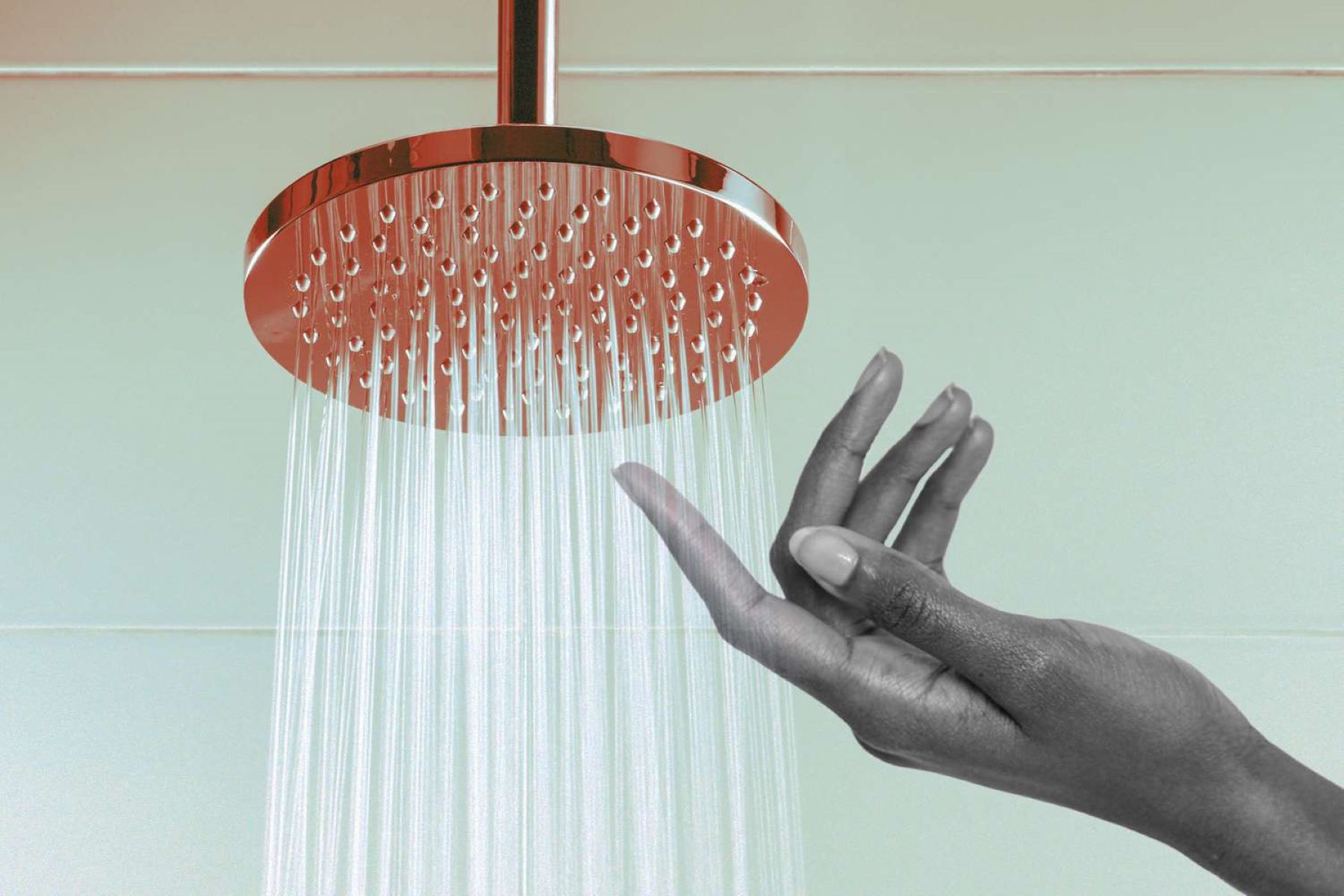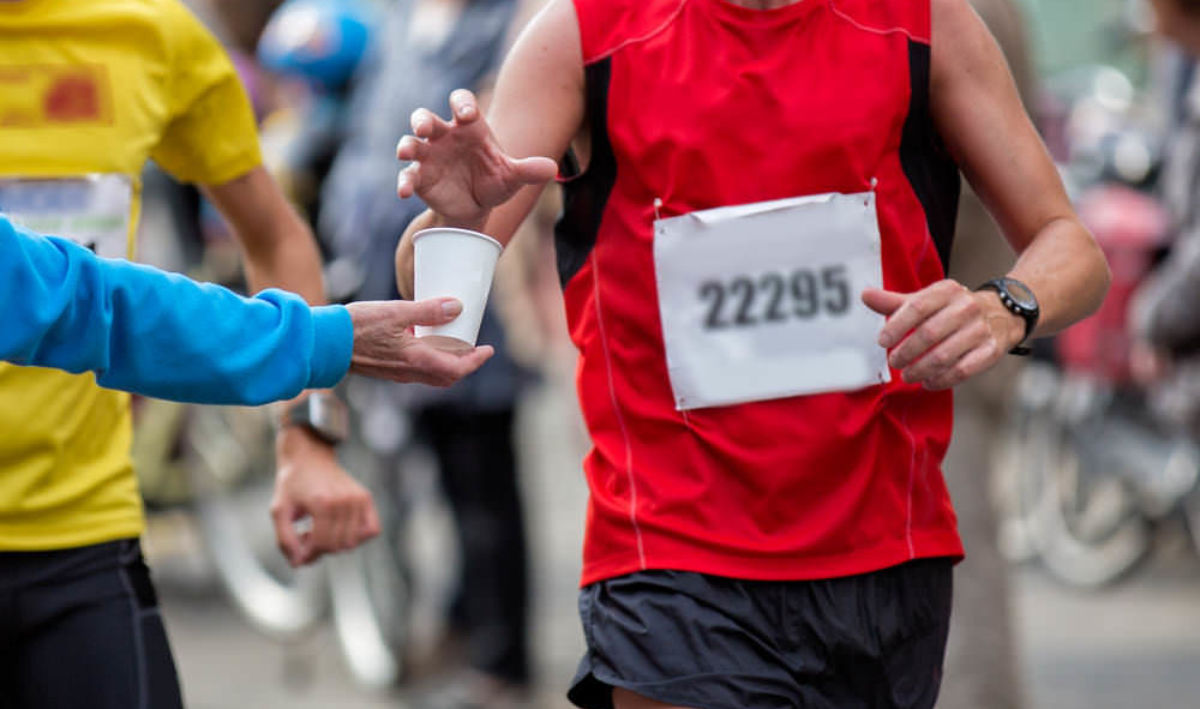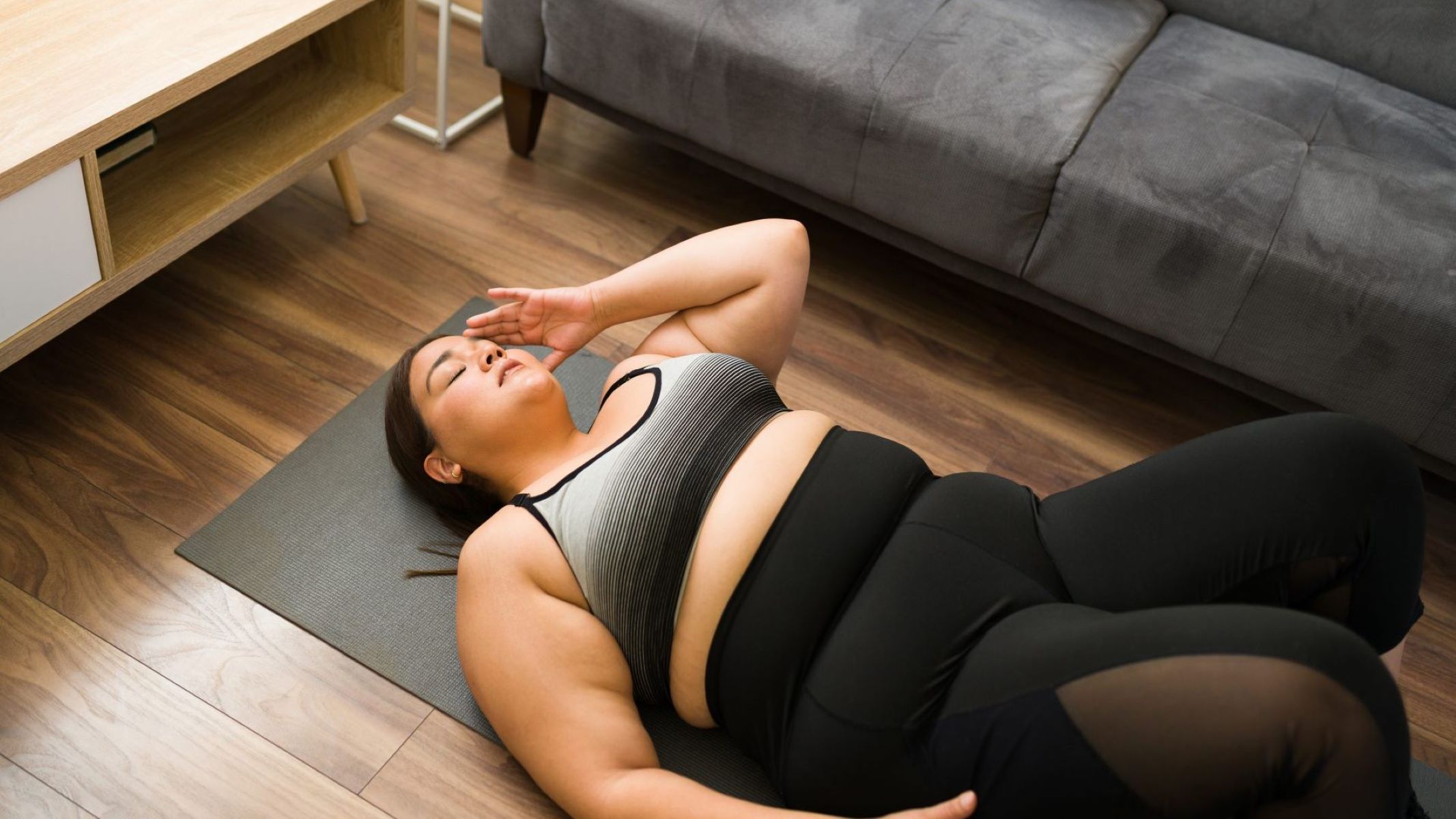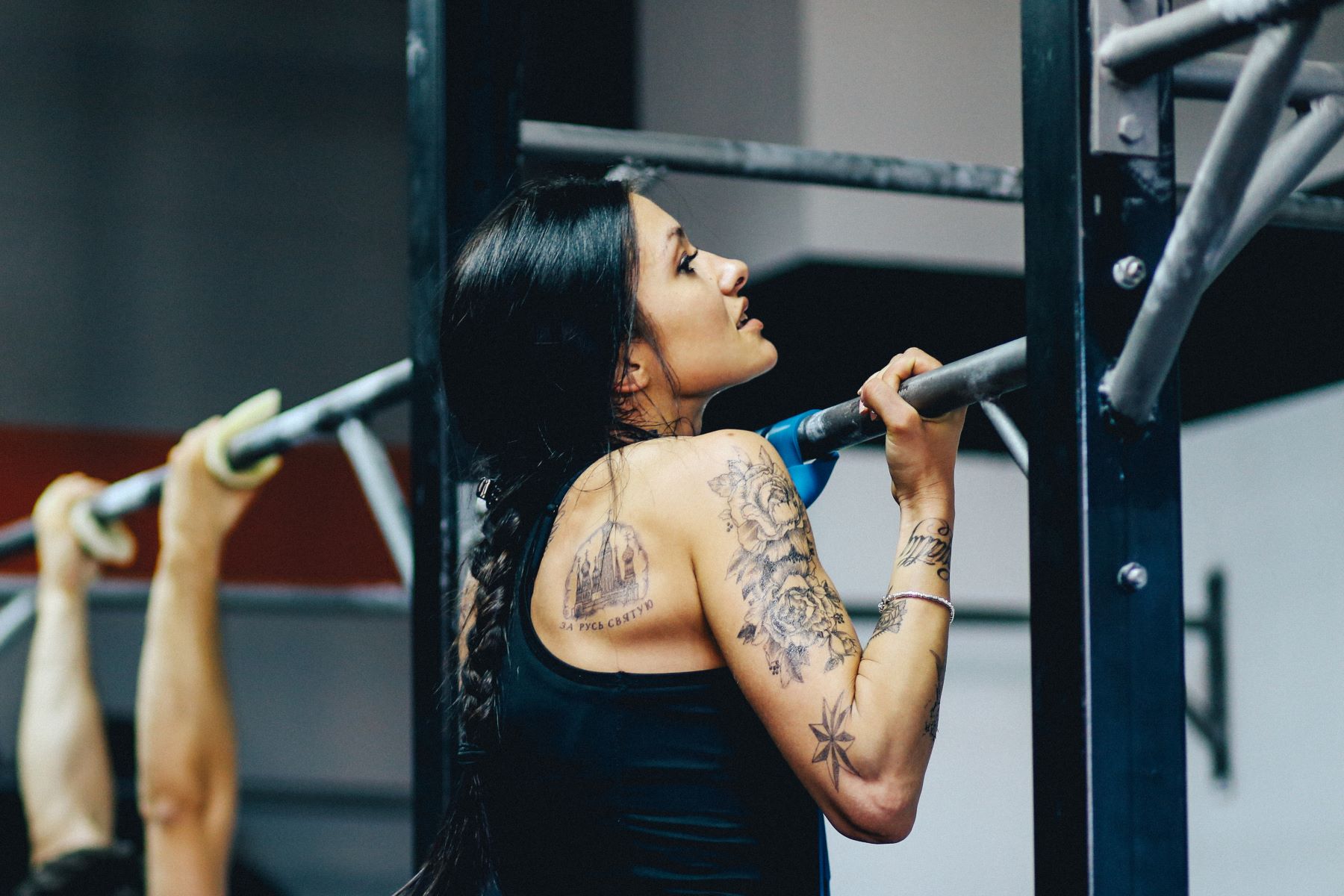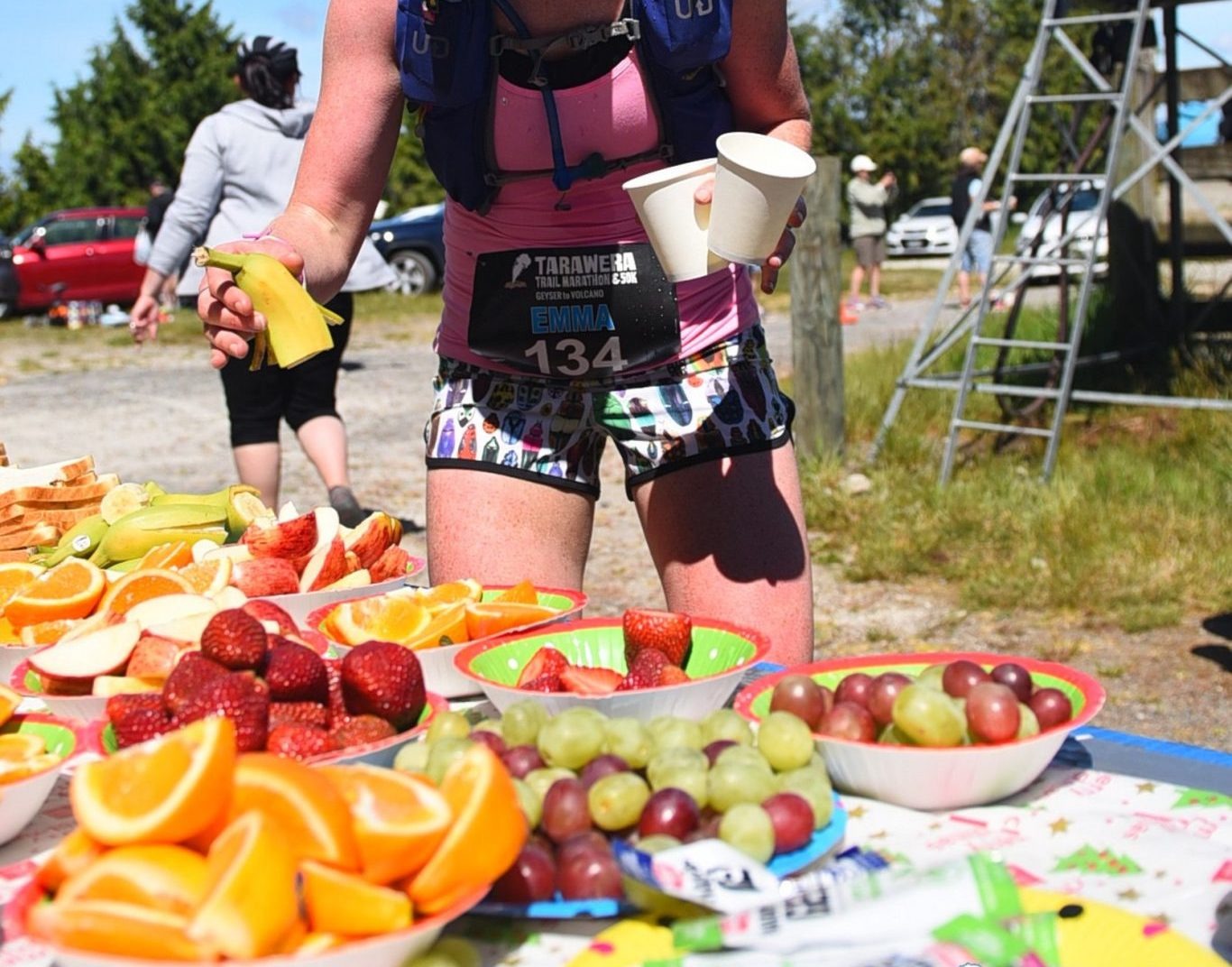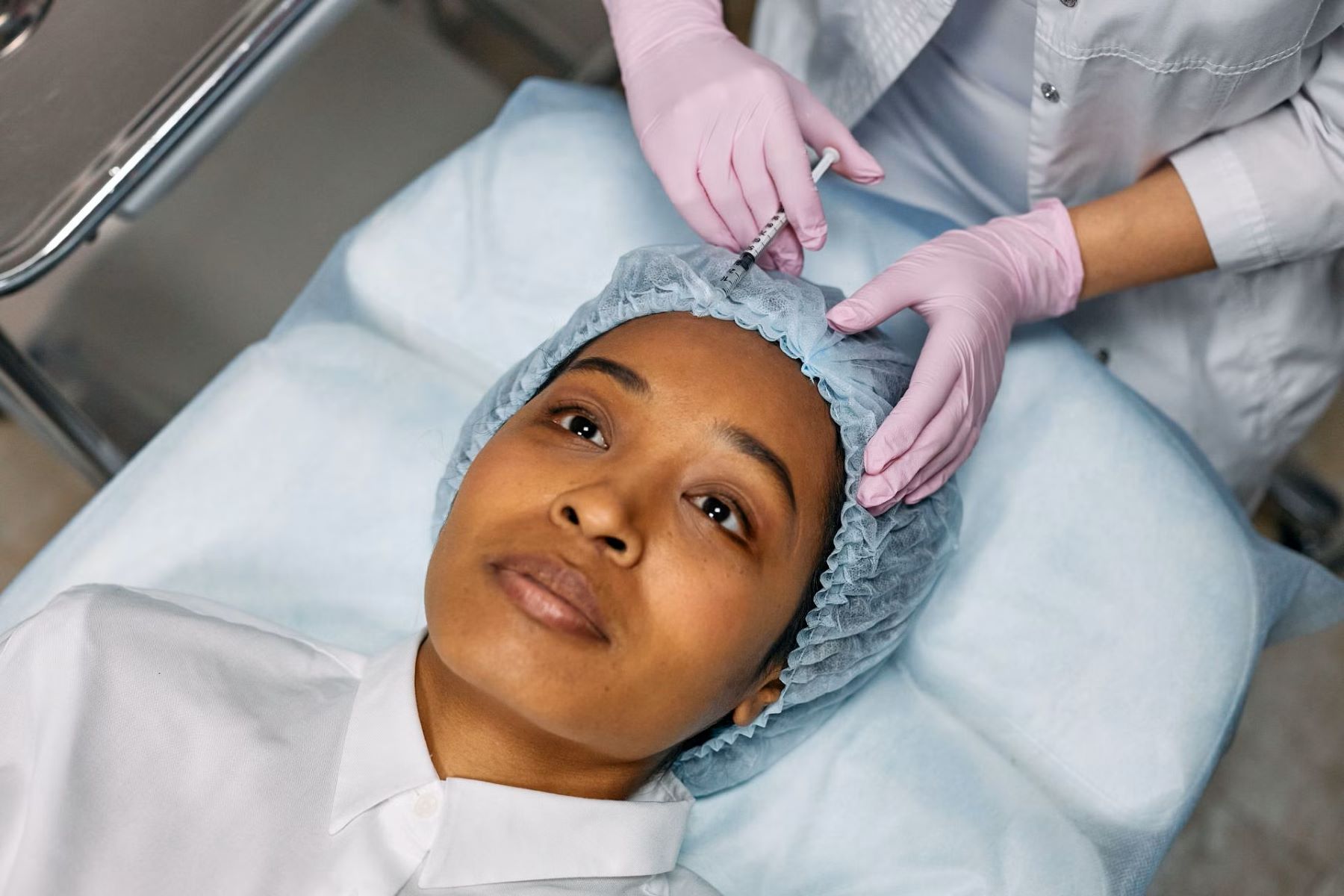Home>Misc>Featured>How Long Do You Wait To Workout After Eating


Featured
How Long Do You Wait To Workout After Eating
Modified: January 2, 2024
Discover how long you should wait to workout after eating and learn the best strategies to fuel your body for a featured workout.
Introduction
Are you itching to hit the gym right after a hearty meal? While it’s tempting to jump into a workout immediately after eating, it’s important to understand why we need to wait before engaging in physical activity. Your body needs time to properly digest the food you’ve consumed, and exercising too soon can lead to discomfort and potentially impact your performance. So, how long should you wait before working out after eating? In this article, we’ll explore the reasons behind this waiting period and provide some tips on how to maximize your workout after a meal.
When we eat, our bodies begin the digestion process by breaking down the food into nutrients that can be absorbed into the bloodstream. This process requires blood flow to the digestive system, and if we engage in intense physical activity immediately after eating, our bodies redirect blood flow away from digestion and towards the muscles being used during exercise. This can result in digestive issues such as bloating, cramping, and even nausea.
Additionally, when we work out, our bodies release stress hormones like adrenaline and cortisol, which can further affect digestion. These hormones can slow down the digestive process and cause discomfort if there is still food in the stomach.
Furthermore, exercising on a full stomach can impact your energy levels and performance during your workout. When blood is redirected to the muscles being used, less blood is available for digestion, which can lead to decreased energy and performance. You might feel sluggish, and your workout may not be as effective as it could be.
Giving yourself enough time to digest your meal before working out is essential for providing optimal conditions for your body to perform at its best. By allowing the digestive process to complete, you can avoid unpleasant side effects and optimize your workout performance.
Why is it important to wait before working out after eating?
Waiting before working out after eating is crucial for several reasons. Here are some key reasons why this waiting period is important:
1. Digestion: Your body needs time to digest the food you’ve consumed. When you eat, your body starts breaking down the food into smaller molecules that can be absorbed and used for energy. This process takes time and requires adequate blood flow to the digestive system. Exercising immediately after eating can divert blood away from digestion and towards the muscles being used during exercise. This can lead to discomfort, bloating, and other digestive issues.
2. Energy levels: Exercise requires energy, and your body primarily derives energy from the food you consume. If you work out immediately after eating, the energy that should be used for digestion will be directed towards your muscles. As a result, you may feel lethargic and have lower energy levels during your workout. Waiting for the digestion process to finish ensures that your body has sufficient energy to power your workout.
3. Optimal performance: Working out on a full stomach can impact your performance. When blood is redirected to the muscles being used during exercise, less blood is available for digestion. This can lead to a feeling of heaviness and discomfort. By waiting before working out, you give your body time to complete the digestion process and ensure that the necessary nutrients are absorbed into your bloodstream, providing optimal conditions for physical performance.
4. Avoiding potential health risks: Exercising too soon after eating can pose health risks, especially for individuals with certain medical conditions. For example, people with acid reflux or gastroesophageal reflux disease (GERD) may experience worsened symptoms if they engage in exercise right after a meal. Similarly, individuals with a history of digestive issues or stomach ulcers should consult their healthcare provider for guidance on when it’s safe to exercise after eating.
5. Enjoyment of the workout: Lastly, waiting before working out after eating can enhance the overall enjoyment of your exercise routine. Physical discomfort, such as bloating or stomach cramps, can make your workout less enjoyable and even deter you from future sessions. By allowing enough time for digestion, you can avoid these discomforts and fully focus on the exercise itself.
Considering these factors, it becomes clear why it is essential to wait before working out after eating. By doing so, you can promote better digestion, maintain optimal energy levels, improve performance, and reduce the risk of potential health complications. So, be patient and give yourself the time you need to fully digest your meal before engaging in physical activity.
How long should you wait before working out after eating?
The ideal waiting time before working out after eating varies depending on various factors, including the type and size of the meal, personal metabolism, and the intensity of the planned workout. While there is no one-size-fits-all answer, here are some general guidelines to consider:
1. Small snack: If you’ve had a small snack, such as a piece of fruit or a granola bar, you may only need to wait around 30 minutes to an hour before exercising. These light snacks are quickly digested, and the waiting time is relatively shorter.
2. Light meal: If you’ve consumed a light meal, like a salad or a sandwich, it’s recommended to wait approximately 1 to 2 hours before working out. This allows your body enough time to digest the meal and prevents any discomfort during exercise.
3. Moderate meal: For a larger meal that includes protein, complex carbohydrates, and healthy fats, you should wait around 2 to 3 hours before engaging in intense physical activity. These macronutrients take longer to digest, and allowing more time ensures that your body can properly break down and absorb the nutrients.
4. Heavy or high-fat meal: If you’ve consumed a heavy or high-fat meal, such as a rich pasta dish or a greasy burger, it’s advisable to wait at least 3 to 4 hours before working out. High-fat foods take longer to digest and can cause discomfort if you engage in exercise too soon.
Remember, these waiting times are general guidelines, and it’s essential to listen to your body. Pay attention to any signs of discomfort or indigestion. If you feel fully digested and energized, you may be ready to start your workout earlier. On the other hand, if you still feel heavy or bloated, it’s better to wait a bit longer before exercising.
Additionally, it’s worth considering the intensity of your planned workout. If you’re engaging in a low-intensity activity like walking or stretching, you may be able to exercise sooner after eating compared to a high-intensity workout like weightlifting or running.
Keep in mind that everyone’s digestion and metabolism are unique, so you may need to experiment to find the waiting time that works best for you. Pay attention to how you feel during and after your workouts to make adjustments if needed.
By finding the right balance between allowing enough time for digestion and not waiting excessively long, you can ensure optimal comfort, energy levels, and performance during your workouts.
Factors to consider when determining the waiting time
When determining how long to wait before working out after eating, it’s important to consider various factors that can influence the waiting time. These factors can vary from person to person and can greatly impact digestion and overall comfort during exercise. Here are some key factors to consider:
1. Type of food: The composition of the meal plays a significant role in digestion time. Foods high in fiber, fat, and protein take longer to digest compared to simple carbohydrates. High-fat meals, for example, can delay stomach emptying and require a longer waiting period before engaging in physical activity.
2. Meal size: The size of the meal is another crucial consideration. Larger meals require more time for digestion compared to smaller snacks. If you’ve had a substantial meal, it’s important to allow sufficient time for your body to break down the food and absorb the nutrients.
3. Individual metabolism: Each person’s metabolism is unique, and this can impact digestion time. Some individuals may have faster metabolisms, allowing their bodies to process food more quickly, while others may have slower metabolisms that require more time. Consider your own metabolism and how it affects digestion to determine the appropriate waiting time.
4. Personal tolerance: Personal tolerance to exercise after eating can also vary. Some individuals may feel comfortable exercising sooner after a meal, while others may require a longer waiting period to avoid any discomfort. Pay attention to your own body’s response and adjust the waiting time accordingly.
5. Intensity of workout: The intensity of the planned workout is another important factor. Higher-intensity exercises require more energy and can put additional strain on the digestive system. If you’re planning a vigorous workout, it’s generally best to wait a bit longer before engaging in physical activity after eating.
6. Pre-workout nutrition: If you consume a pre-workout snack or drink that is specifically formulated to provide energy and enhance performance, it’s important to factor in the digestion time for these products as well. Follow the recommended guidelines provided by the manufacturer to ensure you allow enough time for digestion and optimal absorption of the nutrients.
It’s important to note that these factors are not mutually exclusive and can interact with one another. Consider a combination of these factors to determine the waiting time that works best for you. Pay attention to how your body feels and make adjustments as needed to find the optimal waiting period before working out after eating.
By considering these factors, you can make informed decisions about how long to wait before exercising after a meal, allowing for better digestion, improved comfort, and enhanced performance during your workouts.
Tips for maximizing your workout after eating
Working out after eating can be a delicate balance between providing the necessary energy for your workout and avoiding discomfort or digestive issues. To optimize your workout experience and performance, here are some tips to keep in mind:
- Choose the right foods: Prioritize consuming a balanced meal consisting of carbohydrates for energy, protein for muscle repair and recovery, and healthy fats for sustained energy. Avoid consuming heavy, greasy, or high-fiber foods that can slow down digestion and cause discomfort during exercise.
- Portion control: Be mindful of portion sizes to prevent feeling overly full or lethargic during your workout. Opt for smaller, more frequent meals or snacks that provide sustained energy without weighing you down.
- Allow ample digestion time: As discussed earlier, be sure to wait the appropriate amount of time before starting your workout after eating. This will help prevent digestive discomfort and optimize nutrient absorption.
- Stay hydrated: Hydration is key for optimal performance. Drink plenty of water before, during, and after your workout to stay hydrated and aid in digestion.
- Warm-up properly: Before diving into your intense workout, allow yourself a proper warm-up period. This will increase blood flow to your muscles and help prepare your body for exercise, lowering the risk of discomfort or injury.
- Listen to your body: Pay attention to how your body feels during and after your workout. If you experience any discomfort, bloating, or gastrointestinal issues, adjust your exercise intensity or consider extending your waiting period before future workouts.
- Consider timing your workouts: If you find it challenging to fit in your workout after eating, plan your meals accordingly. If possible, schedule your workouts during a time when your stomach is relatively empty, such as in the morning before breakfast or several hours after a meal.
- Experiment and find what works for you: Everybody is unique, and what works for one person may not work for another. Experiment with different waiting times, meal compositions, and types of exercise to find the optimal combination that makes you feel energized, comfortable, and ready to perform your best.
Remember, finding the right balance between nutrition, digestion, and exercise is an individual process. It may take some trial and error to determine what works best for your body. Be patient, listen to your body’s cues, and make adjustments as needed to maximize your workout after eating.
Conclusion
Waiting before working out after eating is essential for optimal digestion, energy levels, and performance during your workouts. By giving your body enough time to digest the food you’ve consumed, you can prevent discomfort, bloating, and other digestive issues that can arise from exercising too soon after a meal. The waiting time can vary depending on factors such as the type and size of the meal, individual metabolism, and the intensity of the planned workout.
Consider the type of food you’ve eaten, the portion size, and your personal tolerance when determining the waiting time. Additionally, take into account the intensity of your planned workout and adjust the waiting time accordingly. It’s crucial to listen to your body and pay attention to any signs of discomfort or indigestion to find the right balance.
To maximize your workout after eating, choose the right foods that provide balanced nutrition, practice portion control, and stay properly hydrated. Allow ample time for digestion, warm-up properly, and listen to your body’s cues during and after your workout. Consider timing your workouts and experiment with different approaches to find what works best for you.
Remember, everyone’s digestion and metabolism are unique, so it may take some trial and error to determine the optimal waiting time and approach for your body. By practicing patience and being mindful of your body’s needs, you can ensure a more comfortable and effective workout experience after eating.
So, the next time you’re tempted to hit the gym or go for a run right after a meal, take a moment to pause and give your body the time it needs to properly digest. You’ll not only avoid discomfort but also enhance your overall workout performance and make the most out of your exercise routine.
